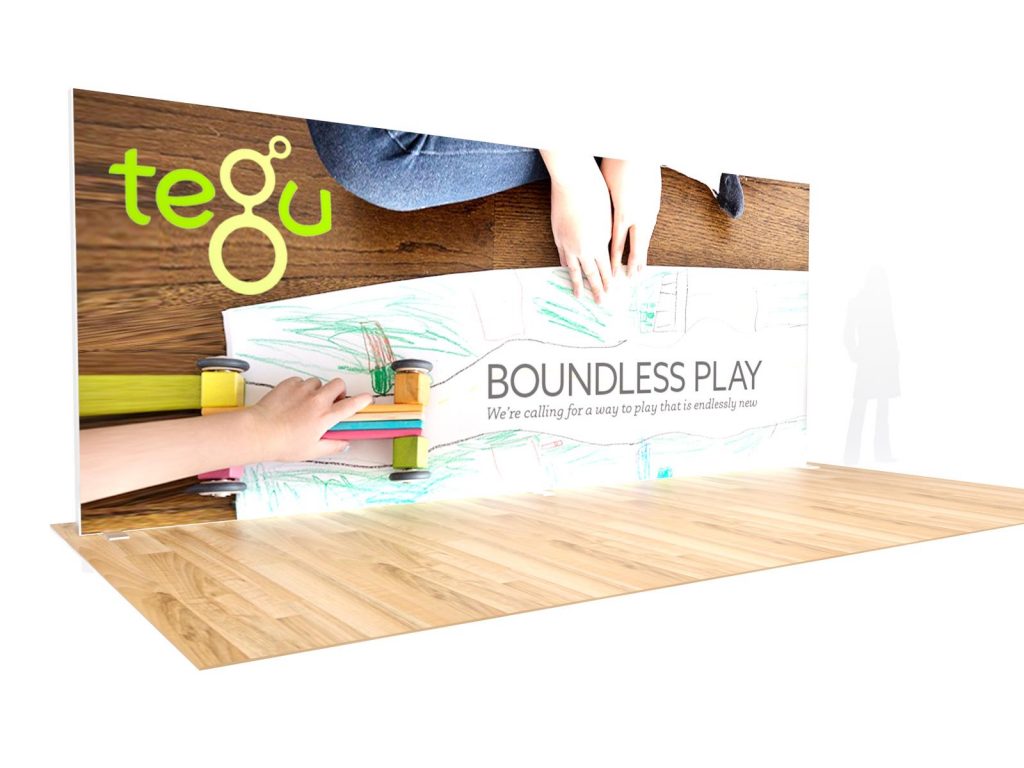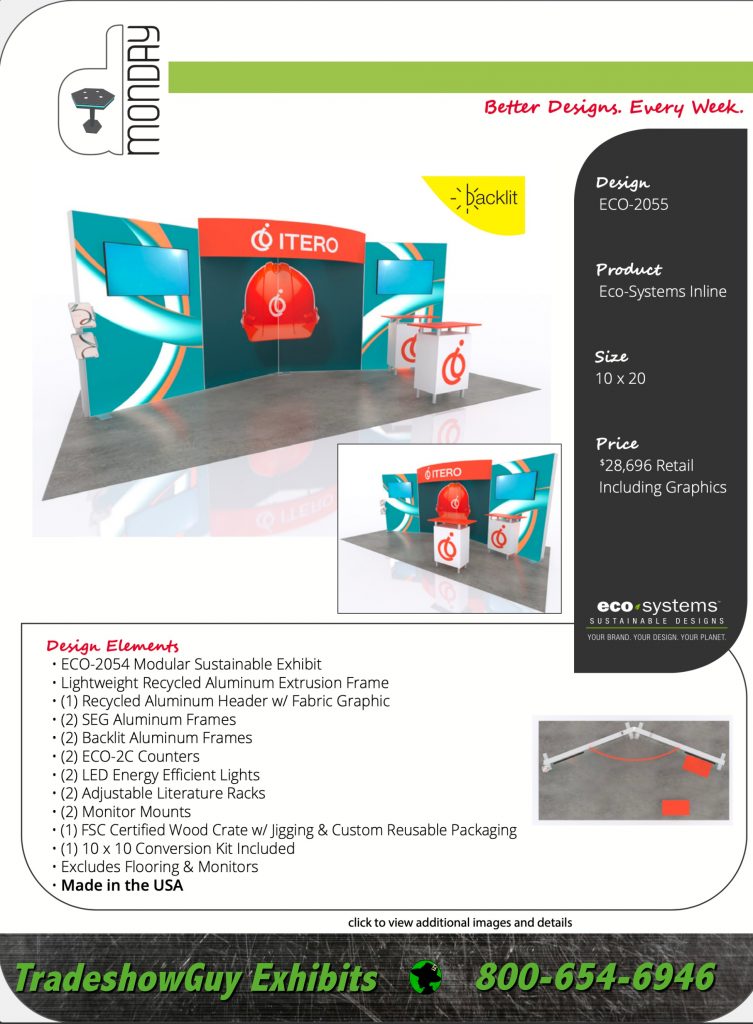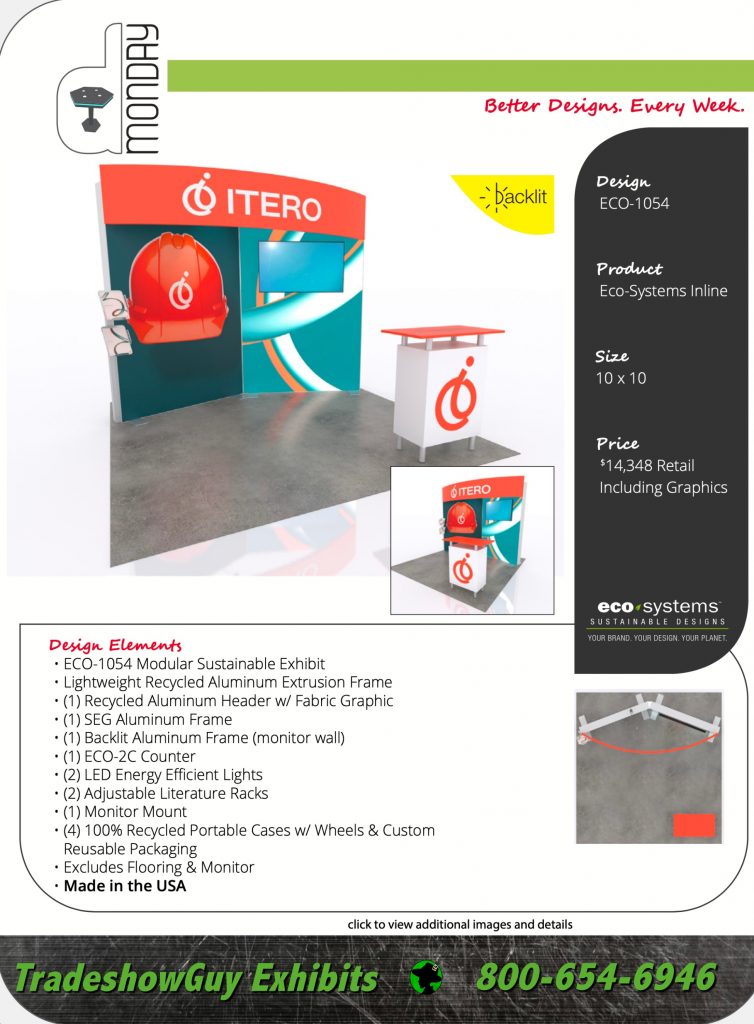It’s Raining, It’s Pouring, the Old Man is Snoring
The week between Christmas and New Year’s has, for me, been sort of a respite from the rest of the year’s calendar. Since the early aughts when I was VP of Sales and Marketing at Interpretive Exhibits here in Salem, the owner would generally close the business down. Most of our clients at the time I joined the company were from the government or nonprofit world, and as he put it, “they tend to shut down for a couple of weeks at this time of year.” He said that I could continue to work, but the office would generally be closed. After the first year at the company, I usually scheduled a week of vacation at the end of the year. I figured, why not, the company is closed, and I can get some extra time in skiing! And if clients wanted something, it was easy enough to monitor email communication remotely.
It’s different this year. Of course. 2020 is as different from a normal year as can possibly be. Most of the tradeshow world is not happening. Exhibitors are not planning shows, organizers are not putting final details on booth sales, exhibit designers and builders are mostly limping along. Exhibitor Magazine’s mid-November webinar reporting from the tradeshow world showed that more than half of exhibitors and builders expected their income in 2021 Q1 to decline.
And with no tradeshow business, I’ve taken to delivering for Uber Eats about half time. It’s not a bad gig, as the gig economy goes. It’s temporary, it pays all right, and there’s something noble about bring food to people (maybe that’s why I’ve always fallen for waitresses – seeing someone bringing you a plateful of food is great!).

So, I’m taking it easy this week. I’ll get an extra day or two in on the slopes. I’ll write extra-long on my novel (third go-round of the manuscript) because I’m almost finished. I’ll watch the Blazers and Seahawks on TV as they play in front of empty bleachers, which has got to be one of the weirdest consequences of COVID. I’ll reach out to friends more often (I’ve sent a couple of dozen postcards to random friends in the past several months, because, hey, who sends postcards anymore, right?). I’ll listen to music (the new Paul McCartney is pretty cool).
What I won’t be doing is counting the days until everything gets back to normal in the tradeshow world. I don’t think that normal is coming back. I think NOW is the normal. It’ll slowly evolve, but virtual shows and Zoom meetings are going nowhere soon, and even when live shows return, virtual gatherings will be a part of our world from here on out.
I’ll continue to reach out to prospects and clients and support them in whatever way I can, and let them know that while we’re dormant, we’re not going anywhere.
We will come out the other side. And I think we’ll be stronger for it.
See you in 2021!











